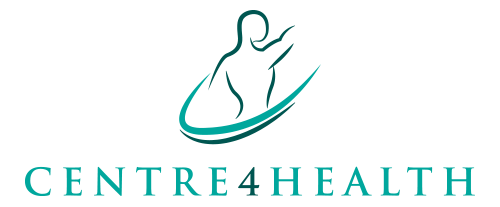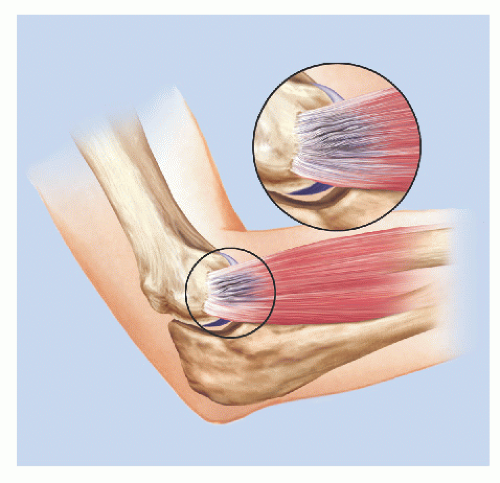Understanding Tennis Elbow: Causes, Symptoms, and Treatment Options
Tennis elbow, or lateral epicondylitis, is a common condition affecting the outer part of the elbow due to overuse or repetitive strain. Despite the name, you don’t need to play tennis to develop it—any activity involving repetitive arm movements can lead to this painful condition.
Who Gets Tennis Elbow?
- Tennis elbow can affect anyone, but it’s most common among individuals aged 30-50, especially those whose jobs or hobbies involve repetitive arm, wrist, and hand movements. This includes tradespeople (like carpenters or painters), office workers, and, of course, tennis players or other athletes who rely heavily on arm functions
Symptoms
Key symptoms include:
- Pain and tenderness on the outside of the elbow.
- Weak grip strength.
- Pain when lifting, gripping, or performing movements like shaking hands or opening jars.
- Difficulty with daily activities due to discomfort or restricted movement.
Causes
The main cause of tennis elbow is overuse of the forearm muscles, leading to inflammation or tiny tears in the tendons attaching to the elbow. Improper technique during sports or physical activity, repetitive wrist motions, or heavy lifting can exacerbate the strain.
Treatment Options
The good news is that tennis elbow can often be effectively managed without surgery. Here’s where remedial massage and myotherapy can play a significant role:
- Remedial Massage: This focuses on reducing muscle tension and improving blood circulation. By working on the forearm muscles and tendons, massage can help alleviate the pain and promote healing by breaking down scar tissue, reducing inflammation, and improving mobility.
- Myotherapy: Myotherapy is a more targeted approach that includes soft tissue therapy, joint mobilization, and dry needling. Myotherapists aim to identify the root cause of the strain and relieve muscle tightness, improving function and reducing the risk of recurrence.
- Other Treatments: Rest, applying ice, stretching exercises, and, in some cases, physiotherapy are commonly recommended alongside massage. Strengthening exercises prescribed by your myotherapist can also help support recovery and prevent future injury.
If you’re dealing with the discomfort of tennis elbow, myotherapy and remedial massage in Melbourne can help speed up recovery and relieve pain, allowing you to get back to your normal activities faster.






